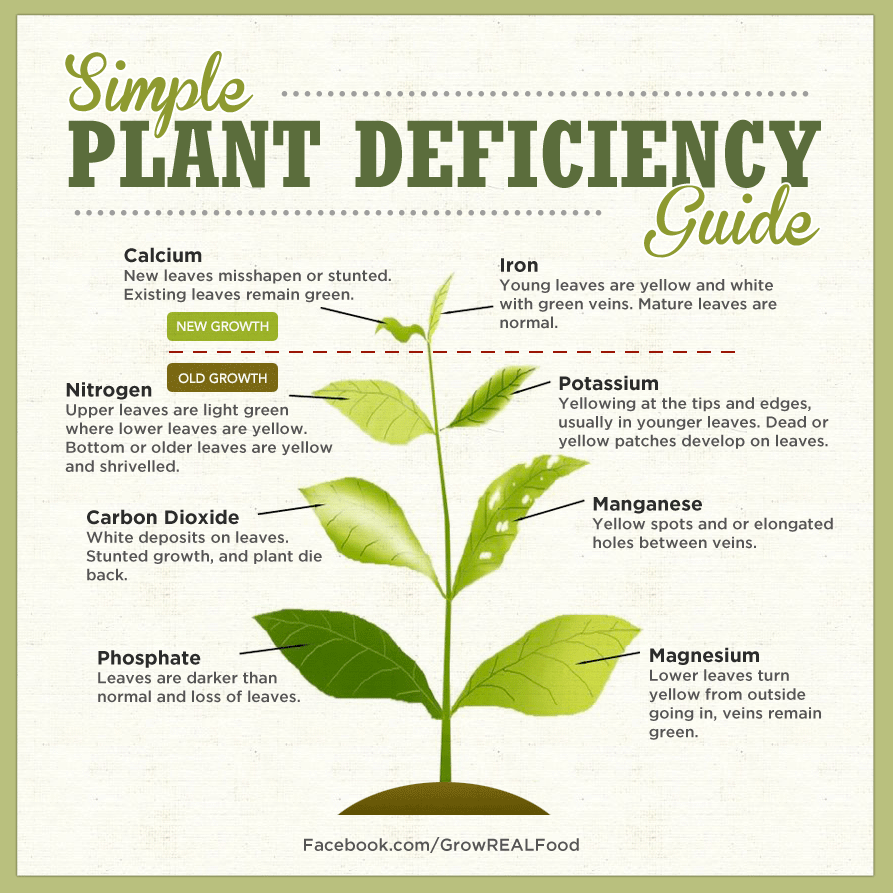Herb Guide To Cooking
Ever wanted to grow your own herb garden but don’t exactly know how to cook with them? The right combination of herbs and spices can make or break a dish.
Don’t be scared. Follow our herb guide to cooking to get that dish just right.
The Gentleman’s Guide To Amputation
The Ultimate Nuclear War Bunker Guide
Have you ever found yourself sitting around thinking what you would do if nuclear bombs started flying? Or maybe aliens invade or we have a Zombie apocalypse? Imagine having the ultimate bunker hidden safely beneath your home. Better yet, don’t imagine it, see the ultimate guide to just that below.
Plant Deficiency Guide
A simple guide for identifying deficiencies in plants.
Not all plant problems are caused by insects or diseases. Sometimes an unhealthy plant is suffering from a nutrient deficiency or even too much of any one nutrient. Plant nutrient deficiencies often manifest as foliage discoloration or distortion. The following chart outlines some possible problems. Unfortunately many problems have similar symptoms and sometimes it is a combination of problems.
Be sure you eliminate the obvious before you kill your plants with kindness.
- Check first for signs of insects or disease.
- Foliage discoloration and stunted plants can easily be caused by soil that is too wet and drains poorly or soil that is too compacted for good root growth.
- Extreme cold or heat will slow plant growth and effect flowering and fruit set.
- Too much fertilizer can result in salt injury. Your plants may look scorched or they may wilt, even when the soil is wet.
For a definitive diagnoses, contact your local cooperative extension service.
Plants require a mix of nutrients to remain healthy. Nutrients that are needed in relatively large amounts are called the macronutrients. Plant macronutrients include: nitrogen, potassium, phosphorus, calcium, sulfur and magnesium.
There are a handful of additional nutrients that are required for plant growth, but in much smaller quantities. These micronutrients include: boron, copper, iron, manganese, molybdenum and zinc.
All of these nutrients are taken in through the roots. Water transfers the nutrients from the soil to the plant roots. So one requirement of sufficient plant nutrition is water. A second requirement is the appropriate soil pH for the plant being grown. Each plant prefers a specific pH range to be able to access the nutrients in the soil. Some plants are fussier than others, but if the soil pH is too acidic or alkaline, the plant will not be able to take in nutrients no matter how rich your soil may be.




